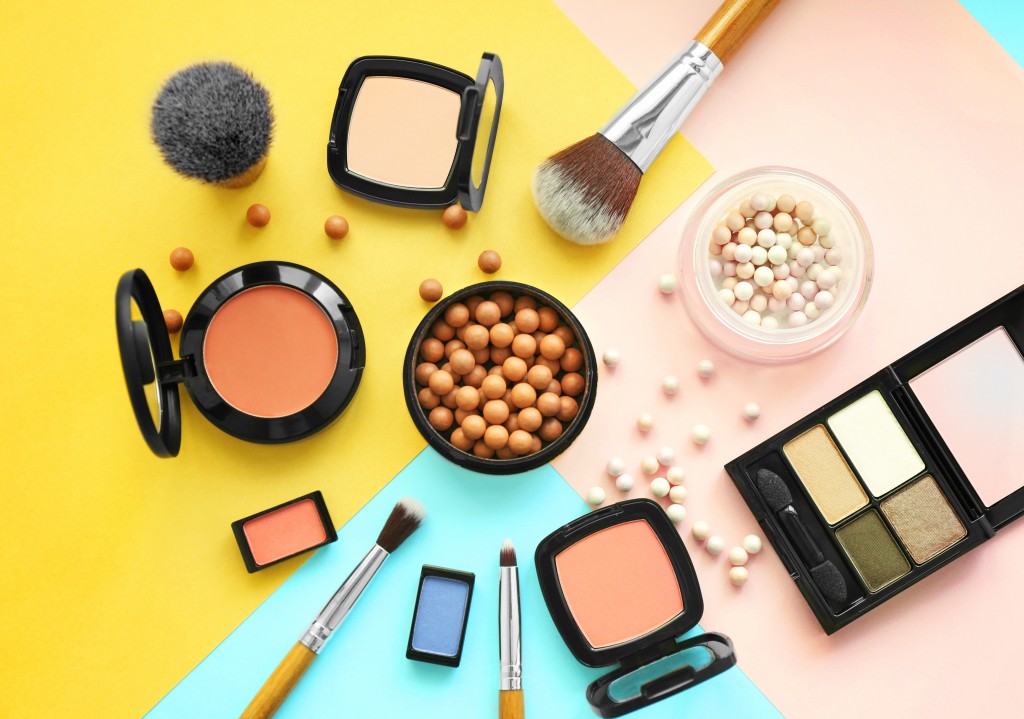Changes, changes, changes. They are the only things that are constant. Changes are also capable of creating a role for itself, even in the most established industries. This time, it is the industry of our outer—and inner beauty—the beauty industry.
As more innovative, environment-friendly, and affordable methods of production come into the picture, more brains are putting their brave faces on and tackling the world of the beauty industry. Whose instinct, by nature, is described by its lack of anything that diverts from what they are used to. Simply put, the beauty industry is one of the most change-resistant industries.
At this time and age, the same notion fails to keep its throne. As more creators come up with their formula, own marketing, and consumers dive in looking for brands they can trust—more brands that are not the established ones are receiving attention.
How are industry leaders reacting?
To known industry leaders and consumers alike, change is inevitable and hard to ignore. They see brands pop up left and right, established brands seeing the bottom of the pyramid, and independent brands getting the attention they dreamed of but never thought they would get.
As brands appear at the speed of light, the beauty industry becomes increasingly complex and competitive. This leads to more industry players releasing their big guns to sway consumers their way. Some succeeded, some did not. But that is the nature of the market—competition is encouraged because it promotes innovation and better goods and services.
Brands with years of experience under their belt are watching new and small brands rise to fame and have no choice but to embrace the change. It is a mechanism they have to equip themselves with to survive in an environment where an enemy comes every whenever they turn their backs.
One of the independent makeup brands’ hallmark steps in the beauty industry is their significant rise over traditional and household brands in 2016. The growth rate of the powerhouse and well-known beauty companies are down 1.3 percent. Independent brands showed a growth of 42.7 percent.
According to Shiseido Americas’ Marc Rey, the numbers indicate a significant change in consumer preferences. This includes implications on their changing preferences and switching to brands they find more worthy of their money.
How are consumers keeping up?

One of the beauty industry’s main drivers is its consumer base. They make and break trends, establish and destroy brands, and dictate the winners and losers of the industry.
Today’s consumers—millennials—are in a long hunt for authenticity. They spend years looking for businesses they can trust with their advocacy, money, and health. This can be shown by their leaning towards brands that possess authenticity along with their marketing strategies.
The millennial consumer does not only pay for the product. They also pay to stand with a company’s beliefs. Their undying thirst for authenticity in brands will keep the beauty industry flowing with new developments in who stays on top and who falls to the bottom.
To put it simply, consumers are not the ones keeping up with the changes in the beauty industry. They create change. What they look for gives industry players the idea of what surprise they will come up with next.
It is the brands that go after what consumers long for. This time around, it is authenticity. To millennials, a business that stands for the same thing they believe in is trustworthy, a brand that is worth their hard-earned money.
Will independent brands keep their pace?
To say tomorrow or next month will be the end of independent brands’ growth would be guessing blindly. These startups are ones who successfully met the current demand of consumers—they can do it again—or not.
Indie brands keeping their growth spurt consistent will rely on their ability to line what they can provide with what consumers need and want. Tailoring their personal brand label to appeal to their consumer base will keep them afloat and succeed in the long run. As with all businesses, corporations, or independent, they all rely on their ability to meet demands.
There could be a day that established household brands will retake the beauty scene—they have not actually lost their role. After all, these independent brands who are leading learned from them. They were once at the stage where indie brands are, and with the non-stop changes happening when it comes to what the public wants, it is safe to say that household brands are still on the scene and will not be going anywhere.

